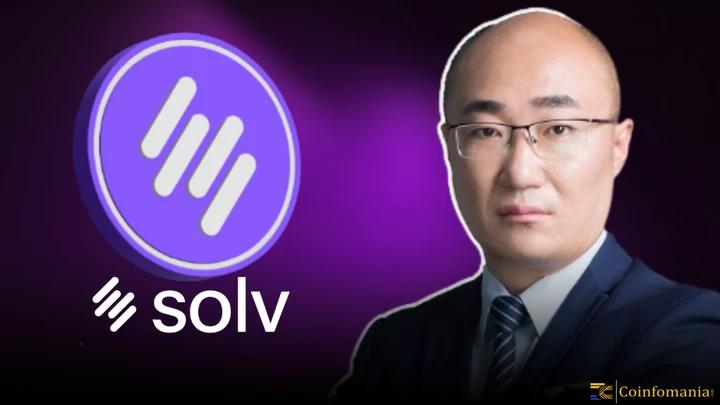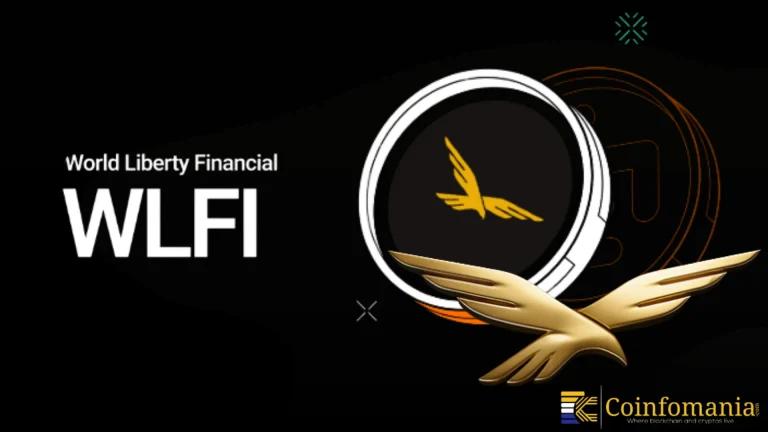Solv Protocol Cofounder Yan Meng Shares Insights on Stablecoins and RWAs
Dive into Yan Meng’s views on stablecoins, tokenized real-world assets, and how they impact global financial systems and blockchain innovation.

Quick Take
Summary is AI generated, newsroom reviewed.
Yan Meng highlights stablecoins as essential for global blockchain adoption and US dollar accessibility.
He warns that most tokenized real-world assets lack liquidity and legal clarity for wide adoption.
Meng emphasizes stablecoins' potential to reshape financial systems across regions under evolving regulations.
On May 29, Solv Cofounder Yan Meng shared insights on blockchain finance evolution. He posted a summary of his discussion with specialist Dr Xiao Fen in an X post. His post highlighted stablecoin trends and tokenized real-world assets. The dialogue mentioned recent legal moves in the United States and Hong Kong. They mentioned the US Senate passing the GENIUS Stablecoin Act. Additionally, Hong Kong’s approval of a bill for its own stablecoin regulations was also mentioned.
Highlighting the Need For Transparency And Governance In RWA
Meng claimed that most RWA projects will remain with low liquidity. He compared tokenization to a pyramid with most assets at the lower base. A few top assets may gain true liquidity and integrate with stablecoins. He noted that many tokenized real-world assets lack standardized valuation and clear legal status. This issue hinders seamless trading and reduces market confidence in these assets. He stressed the need for strong asset transparency and consistent governance rules. Only well-structured offerings can support large-scale adoption and liquidity growth. Technical standards will soon improve transparency across asset tokenization platforms.
Stablecoin Adoption Could Boost Financial Access Worldwide
Yan Meng explained how a robust stablecoin ecosystem could transform global payments. Expanded stablecoin adoption may also improve financial access in Africa, Asia, Europe, and Latin America. Individuals and small businesses could transact in dollars using digital tokens. Such a shift might increase dollar adoption outside traditional banking networks. Stablecoins could also help recipients receive Dollar payments faster and cheaper. Yan Meng warned against viewing stablecoins as mere speculative instruments. He urged a focus on practical use cases to support real economic activity. Meng predicted stablecoin innovations will reshape global payments and transfers.
He described stablecoins as a vital pillar of the digital economy’s growth. These tokens can support trade in goods, services, and digital content around the world. He noted that the development of tokenized real-world assets will track stablecoin progress. Projects based on quality assets will attract investor trust and regulatory support. He warned that many tokens could fail without clear asset backing. His view focused on asset quality and legal certainty as growth drivers. Only stable offerings can bridge real markets and digital finance effectively. Collaboration between stablecoin issuers and regulators remains vital for growth.
Yan Meng on the Global Impact Of US Stablecoin Regulations
Solv Cofounder Yan Meng argued that US dollar stablecoin legislation aims to modernize financial infrastructure. This move seeks to strengthen the global role of the US dollar via technology. Critics view it as a geopolitical strategy, but Meng stressed efficiency benefits. They also discussed onshore and offshore stablecoin systems under different regulations. Onshore networks follow US laws while offshore markets adopt flexible rules. This duality may challenge global regulation and require new policy solutions. Meng mentioned that clear regulations need to balance innovation, growth, and financial safety. Legislative clarity can attract increased investment into digital asset markets.
Meng and Dr Xiao noted that stablecoin issuance by non-US firms creates diverse systems. A multi-layer network could include regulated, compliant, and loosely governed tokens. Layers might consist of US-regulated tokens and those governed by other laws. These varied frameworks can boost dollar reach but raise stability risks. They warned about regulatory gaps and uneven practices across different markets. Such risks require coordinated policy and enhanced oversight efforts worldwide. The discussion raised questions about future stablecoin governance and market resilience. Participants agreed that balanced rules encourage innovation while protecting financial interests.
Tokenization Alone Does Not Ensure Quick Profits
Meng ended his post by mentioning that a US dollar stablecoin ecosystem will remain pivotal for blockchain adoption. He urged founders to build real services using stablecoins, not speculative tokens. Meng advised focusing on clear value, transparent governance, and practical applications. He cautioned that mere tokenization does not guarantee quick profit opportunities. Success depends on aligning blockchain projects with genuine economic activities. This perspective highlights the need for innovation anchored in real market needs. Readers should watch legislative changes and technology integration in the coming months. This approach may set new standards for real-world blockchain projects.
References
Follow us on Google News
Get the latest crypto insights and updates.


